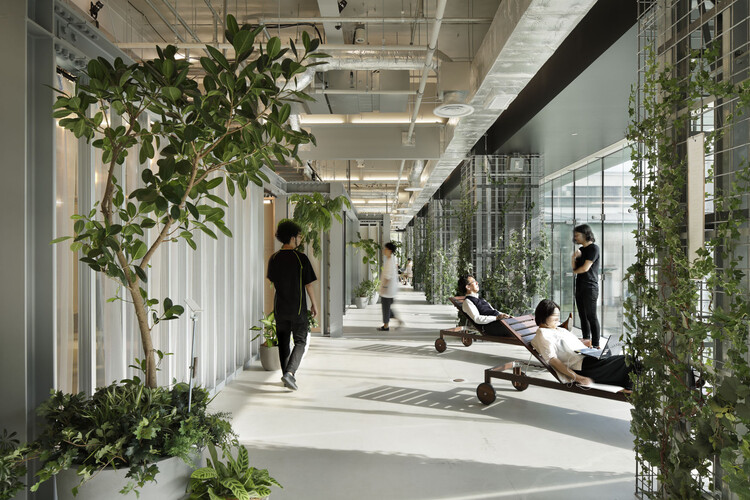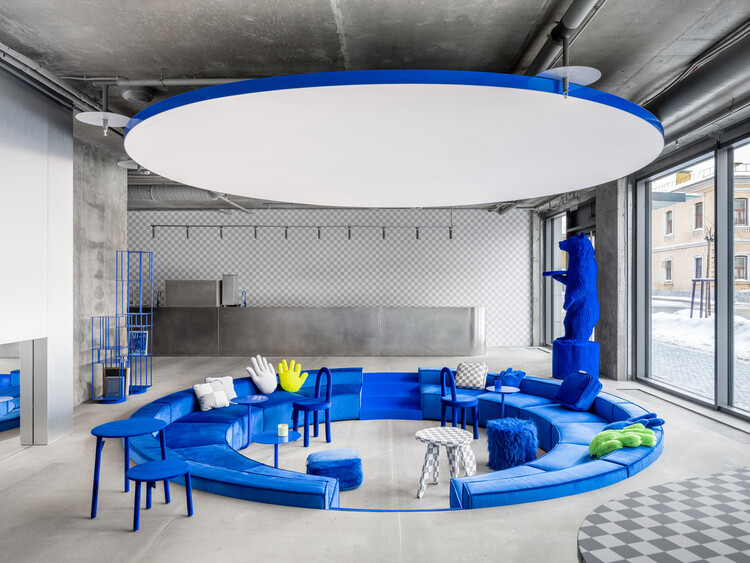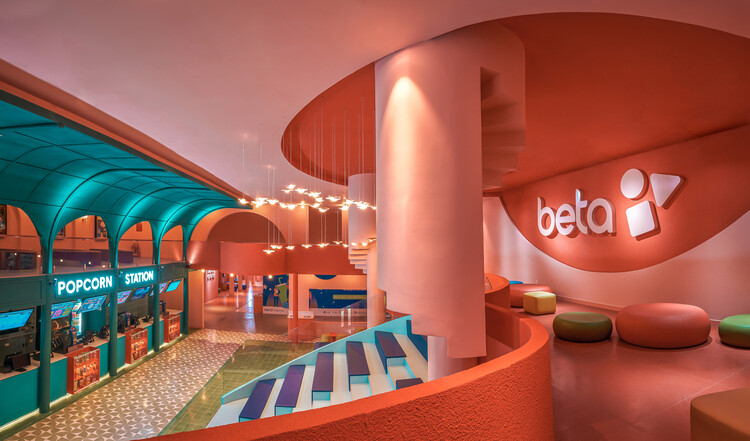
As 2021 comes to an end, we look back at how this year introduced new normals and raised questions about what the future of the built environment could look like. In retrospect, not much has changed in regards to where people are spending most of their time. Following constant changes in commuting restrictions and the continuation of the pandemic, people acknowledged that most of their time will be spent indoors, so they adapted their living and working spaces accordingly.
These sudden lifestyle changes forced people to become well aware of the fact that the space they inhabit has great influence on their physical and mental wellbeing, so they began opting for features that promote sensitivity, calmness, optimism, and playfulness, emotions that counter the inconsistent and troublesome events taking place in the outside world and offer an implied sense of escapism.
Some trends and features that were prominent in 2020, such as biophilic designs, use of local materials, and muted hues, stood their ground in 2021. Others were newly introduced and heavily utilized in projects of diverse scales and functions. 2021 also saw more design diversity in commercial and retail interiors compared to residential projects, highlighting how architects, designers, and business owners found different ways to translate their concepts into visual and physical narratives.
Read on to discover 10 design trends that shaped the interior spaces of 2021.
Biophilic Interiors and Bringing Nature In




Lighting as a Feature Element





Exterior Cladding Used as Interior Finishes




Raw and Unfinished Concrete Interiors





The Kaleidoscope Effect: Vibrant Colors and Reflective Surfaces






Curves and Free-flowing Forms





Boxed In: Volumes within Volumes






Pastels and Muted Hues





Straight-out-of-Comic-Books Interiors





Flexible and Transformative Interiors




This article is part of the ArchDaily Topic: Year in Review. Every month we explore a topic in-depth through articles, interviews, news, and projects. Learn more about our monthly topics. As always, at ArchDaily we welcome the contributions of our readers; if you want to submit an article or project, contact us.































































